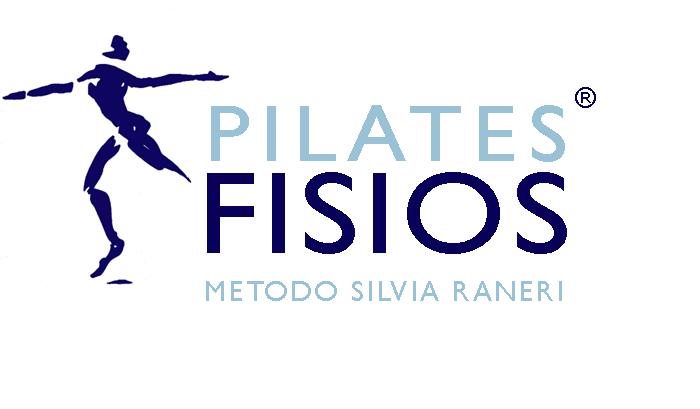ABSTRACT
The literature has shown that small modifications in a Pilates method exercise may change the muscles activation pattern. Moreover, few studies have evaluated Pilates’ exercises from the kinesiology point of view. Therefore, this
study aimed to compare a couple of exercises performed on the mat and in apparatus regarding electric activation
of acting muscle groups. Eleven healthy Pilates trained women took part in the study. Electromyographic data were
collected from the rectus femoris and rectus abdominis muscles, right and left portions, while keeping the isometric
posture of the hundred on mat, hundred on the Reformer machine, teaser on mat and teaser on the Cadillac machine
exercises. The five central seconds of each execution normalized by maximum voluntary contraction were analyzed.
Statistical analysis showed difference between the muscle group’s activation that was higher for the rectus femoris,
and interaction between muscle and exercise, where rectus femoris muscle’s electric activation was higher on the
hundred exercise performed on mat and Reformer and rectus abdominis muscle’s electric activation was higher
on teaser performed in the Cadillac machine. Based on the study results, it may be stated that: (i) when compared
the hundred (on mat and Reformer) and teaser (on mat and Cadillac) exercises were compared, no difference was
found between them regarding rectus abdominis and rectus femoris muscles’ activation; (ii) when muscle groups
were compared, the rectus femoris presented higher activation levels on the hundred exercise performed on mat
and Reformer, while rectus abdominis presented higher activation during the teaser exercise performed on Cadillac.
Keywords: biomechanics, applied kinesiology, abdomen.

